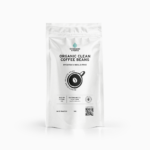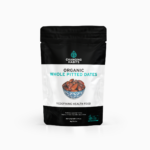In Australia, someone is diagnosed with diabetes every 5 minutes.
Diabetes is a serious condition where the body cannot maintain healthy levels of glucose. There are different types of diabetes, which include:
Type 1 diabetes: This is an autoimmune disease, where the body attacks the beta cells in the pancreas that produce insulin. There is new evidence that there is perhaps a molecular mimicry issue, so the body believes the pancreas is a virus. We have an innate intelligence – something is going wrong when the body believes itself is a virus. Symptoms include the 4 ‘Ts’ – tiredness, toilet (needing to urinate frequently), thirst, thin (losing weight).
Type 2: This is brought about by lifestyle, namely eating the wrong (modern) foods that our evolutionary bodies don’t know what to do with.
Gestational diabetes: this occurs during pregnancy when the hormones produced in a woman’s body block insulin, causing insulin resistance. Because of this, pregnant women need 2 to 3 times more insulin than those who are not pregnant. Some pregnant women’s bodies can’t cope with this extra demand and their glucose levels will be higher, resulting in gestational diabetes.
Alzheimer’s is also commonly becoming known as ‘Type 3 diabetes’.
‘Genes are your potential, not your destiny’
Our predisposition for disease is determined around 30% by our genes and 70% by our environment. We pass our gut microbiome down through our family and this determines how we digest food and metabolise glucose. This can predispose us to illnesses our mothers or grandmothers, for example, may have suffered. But it is important to remember that genes are your potential, not your destiny.
Food, of course, plays a large part in the environmental factors that can be attributed to disease. For example, as Cyndi O’Meara explains in the video below, there may be a link between margarine and certain diseases that are prevalent today, like diabetes. Margarine contains interesterified fat and this fat makes blood sugar levels spike. As Cyndi explains in the video below, there was lots of sugar when she was growing up, but there wasn’t the high number of cases of diabetes that we’re seeing now.
Watch this video to find out more about living with diabetes, including the types of foods that may be beneficial to you:
Our Facebook Live sessions are a great way to get the answers to the questions you need. Let us know what other topics you would like us to cover during these sessions in the comments below!
Follow our Facebook page for details of our next Facebook Live session – see you then!








0 Comments